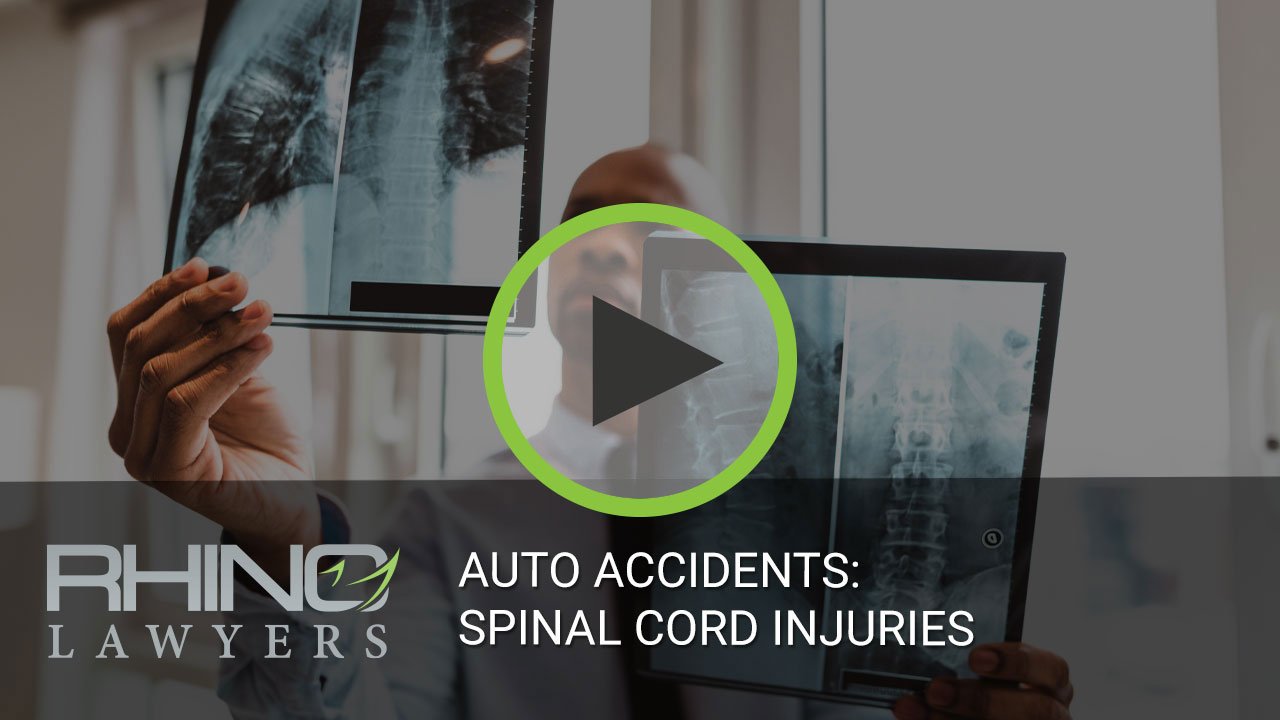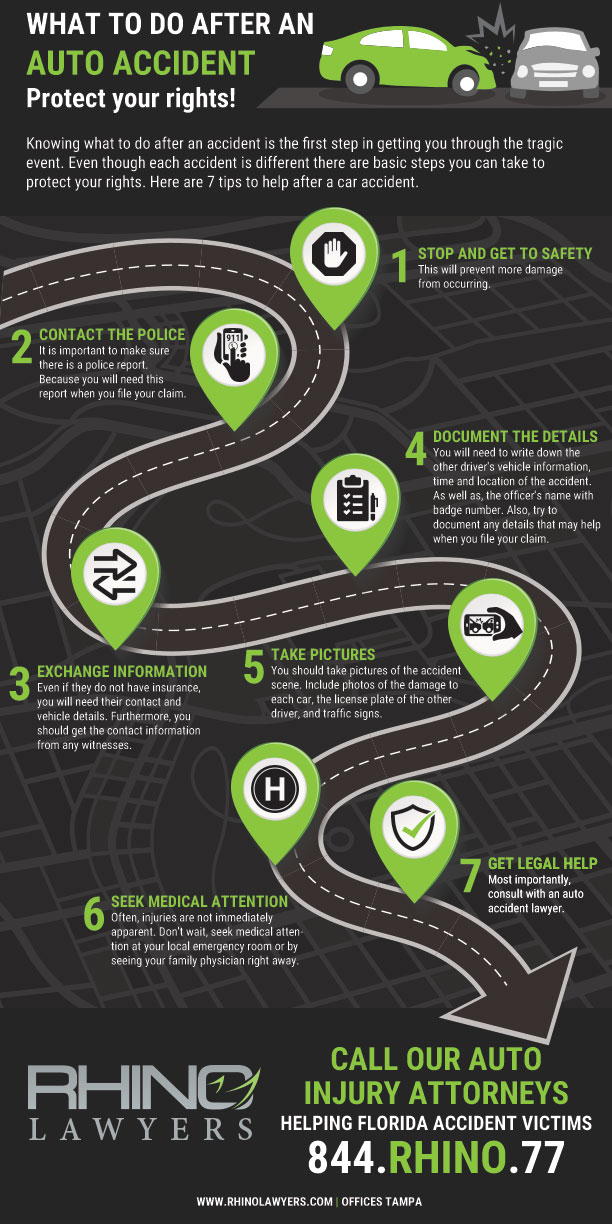
The average American spends an average of one hour per day in their car. An hour may not seem like much, but it totals to driving for 18 days straight in a year!
Road safety precautions and built-in vehicle mechanisms are there to protect us. However, the road can be unpredictable.
Vehicular accidents account for almost 40% of spinal injuries. Spinal injuries can be life-altering at best and life-threatening at its worst. The clinical signs of the spinal injury depend on the vertebral level and the severity of the damage.
Car accidents can come in the form of collisions and rollovers. Life-saving mechanisms, such as seat belts and airbags, may fail or even cause spinal injury. Read on to learn about common spine injuries and what you can do about them.
1. Cervical Fracture
Understanding the effects of spinal injury involves a little anatomy. By learning which spinal region corresponds to which organs, you’ll see how injury at certain levels will affect your body.
There are 31 levels of the spinal cord with specific nerves emanating at every level. The cervical region of the spinal cord comprises the first eight vertebrae. This also forms the neck area.
This nerve network in the cervical region supplies the neck, shoulders, and upper arm. Spinal injuries can be complete or incomplete. Complete spinal injury at the cervical level will result in quadriplegia.
Quadriplegia, also known as tetraplegia, is paralysis from the neck down. Paralysis involves losing sensory and motor control of your organs and limbs. This starts from the affected region and continues depending on your case.
When the injury is higher up on the spinal cord, the resulting paralysis also increases in severity. This phenomenon occurs due to the damage at the cervical level. It destroys the connection to the lower levels of the spinal cord.
Quadriplegia translates as paralysis of the arms, hands, trunk, legs. Impaired breathing is one of the life-threatening effects. Speech is often reduced or completely impaired. Urogenital function and bowel control are obsolete.
Incomplete spinal injury yields a spectrum of motor and sensory impairments. At the cervical level, hemiplegia is an oft result.
Hemiplegia provides a better prognosis than quadriplegia. The latter condition will usually need 24-hour care for an indefinite period.
2. Thoracic Fracture
Below the cervical region is the thoracic section. The thoracic region, also known as the upper back, has 12 constituent vertebrae.
The extension fracture pattern is typical in head-on car collisions. In this fracture, the impact causes the vertebrae to pull apart.
The force of impact throws the body forward while the pelvis remains anchored by the lap seat belt. It leaves the spinal ligaments and spinal cord vulnerable to injury.
Nerves in the thoracic vertebrae supply the back muscles, abdominal muscles, and upper chest. These nerves are responsible for breathing and maintaining stability and posture.
After an injury to the thoracic vertebrae, you may experience loss of sensation and motor control in your legs. You may also lose feeling and control of your urogenital systems as well as your bowels. If you have sustained an injury and don’t know how to proceed, check out our FAQ for some background.
3. Lumbar Fracture
The lumbar spine right between the thoracic region and the sacral region comprises the lower back. This has the largest weight-bearing capacity of any of the spinal sections.
It has five bones and houses the very end of the spinal cord between the first two vertebrae. The Lumbar region innervates the hips and a large portion of the legs and feet.
The lower body may lose feeling and control. However, the upper body is somewhat safe in this type of injury. Depending on the severity of the damage, you can regain your motor function through rehabilitation.
If you have strong legs, you might be able to get by with a wheelchair or crutches after a lumbar fracture injury.
4. Sacral Fracture
The sacrum is the distal end of the spine and no longer contains the spinal cord. Instead, it contains spinal nerves that are responsible for bowel and sexual function.
Direct trauma from car accidents can cause sacral injury. However, bone diseases such as arthritis and osteoporosis are other culprits.
The nerves in the sacral region will supply the hips, groin buttocks, and the back of the thighs. These nerves also allow you to exert control over your pelvic organs, bowels, and genitals.
If you injure nerves housed in the sacral vertebrae, you may lose function in your hips and legs. However, you will likely retain the ability to walk.
You can also experience a diminished or complete loss of voluntary control of the bladder and bowels. Special equipment such as catheters and other sterile collecting bags can remedy this.
5. Lumbosacral fracture
Fractures restricted to specific regions of the spine are common. However, combined region fractures can occur as well.
Lumbosacral fractures comprise the highest percentage of car accident spine injuries.
The lumbosacral region is the most vulnerable spinal section during car collisions and rollovers. This area resists compressive forces, twisting and bending between the upper body and the lower body. Children, in particular, are most at risk of suffering this type of fracture due to their size relative to the car.
A lumbosacral fracture with complete spinal cord injury will immobilize the lower limbs. This kind of paralysis is paraplegic.
Protect Yourself From the Aftermath of Spinal Injuries
Here are some of the most common spinal injuries from car accidents. Staying safe on the road is a challenge. No matter how much you control yourself in your vehicle, you never know how the traffic will flow.
Should you find yourself in the unfortunate position of sustaining a car accident injury, look at your options. You may receive some form of compensation. Get in touch with a personal injury lawyer to look at your prospects.
CONTACT A TAMPA AUTO ACCIDENT ATTORNEY
In short, after a car accident, you may not know your rights. Above all, don’t struggle through the process alone. Actually, our personal injury team is here to help you with any legal needs you might have regarding your accident.
Lastly, let RHINO Lawyers answer your questions and review the facts of your case with a Free Consultation. So, get started by completing the “Free Instant Case Evaluation” or by calling us any time, day or night, at 844.329.3491.




